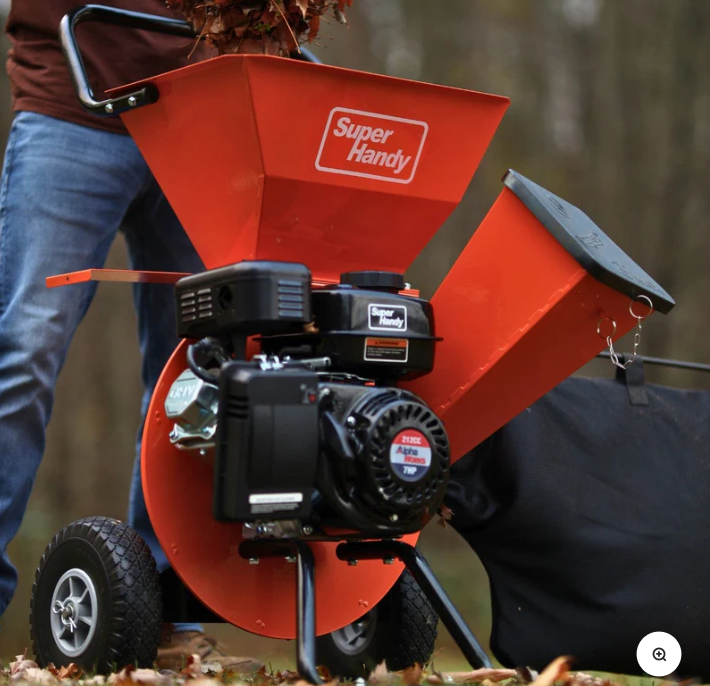
You can use a gas wood chipper safely if you read the manual. You should wear safety gear every time. Check the area before you start using it. Regular maintenance helps your chipper shredder last longer. It also makes it safer to use.
Check your wood chipper every day and take care of it. This helps stop accidents and makes your wood chipper last longer.
Gas Wood Chipper Safety
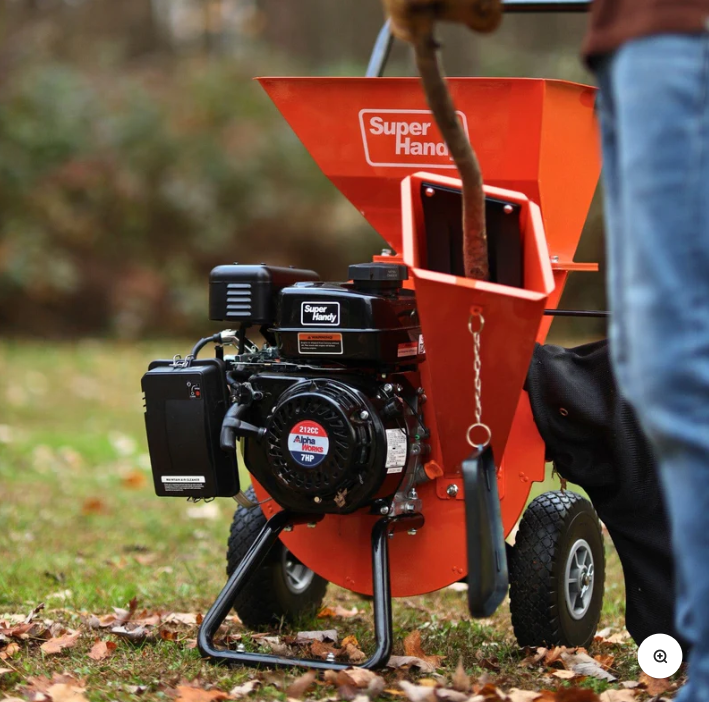
Preparation
Before you start your gas wood chipper, you need to get ready. Always wear the right protection. Put on safety glasses, hearing protection, gloves, and steel-toed boots. These items protect you from flying debris and loud noise. Wear close-fitting clothes and tie back long hair. Avoid jewelry and loose sleeves.
Place your chipper shredder on flat, level ground. Make sure the discharge chute points away from people, buildings, and cars. Check the area for rocks, metal, or vines. Remove anything that could cause a jam or damage the blades. Look at the chipper for any signs of wear or loose bolts. Check the feed chute and make sure it is clear. Fill the gas tank and check the oil before you start.
Here is a table of common hazards and how to avoid them:
Hazard Type |
Description and Risk |
Safety Measures and Protocols |
|---|---|---|
Improper Materials |
Metal, rocks, or vines can break blades or jam the machine. |
Inspect wood, remove debris, and avoid feeding improper materials. |
Operator Safety Gear |
Not wearing protection can lead to injury from debris or noise. |
Always wear safety glasses, gloves, hearing protection, and steel-toed boots. |
Blockage Handling |
Clearing jams while the chipper runs can cause injury. |
Shut off the engine, wait for all parts to stop, and disconnect the spark plug before clearing jams. |
Safely Operate a Wood Chipper
You must follow proper safety rules every time you use a gas wood chipper. Read the manual and follow all instructions. Test all safety devices before you begin. Make sure the feed control bars and emergency shut-off work. Never bypass safety features.
Stand back from the infeed hopper. Keep your hands and feet outside the hopper at all times. Use safe cutting methods and feed branches butt end first. Wear a hard hat and high-visibility vest if you work near others. Always have a buddy nearby. This helps if you need help quickly.
Stay alert during operation. Keep the area around the chipper free of tripping hazards. If you need to clear a jam, turn off the engine and disconnect the spark plug. Never reach inside the machine while it is running. Use tools, not your hands, to clear blockages.
How to Use a Wood Chipper
Learning how to use a wood chipper helps you stay safe and get the job done right. Start by following the startup steps in your manual. Set the choke and throttle, then start the engine. Feed material into the wood chipper slowly. Use proper technique by standing to the side of the feed chute. This keeps you safe from flying debris.
When feeding material into the wood chipper, use longer branches to push shorter pieces through. Do not use your hands to push small debris. Place twigs and leaves directly into a container instead of the chipper. If you need to feed short material, lay it on top of longer branches.
Check the feed chute often. Make sure nothing blocks the opening. If you hear strange noises or see the machine slow down, stop and inspect it. Be prepared with first aid supplies in case of an accident.
Here are some wood chipper safety tips:
Wear all recommended protection.
Keep your work area clean.
Never reach into the chipper.
Follow all manufacturer instructions.
Keep Kids and Pets Away
You must keep kids and pets away from the work area. Set up a barrier or mark a safe zone at least 10 feet from the chipper shredder. Children and animals can get hurt if they come too close. Remind everyone to stay clear while you work. This is one of the essential safety tips for any outdoor project.
Don't Overload the Machine
Do not overload the machine. Feeding too much material at once can cause jams or damage. Overloading a gas wood chipper can lead to overheating, broken parts, or even injury. Always follow the size limits in your manual. Feed branches slowly and let the chipper shredder work at its own pace.
If you overload the machine, you risk mechanical failure and personal injury. Operators have suffered cuts, broken bones, and even amputations from improper feeding. Use tools to push material and never use your hands. Stand back and let the chipper do the work.
Tip: If the chipper jams, turn it off and wait for all moving parts to stop before you try to clear it.
By following these steps, you can safely operate a wood chipper and protect yourself and others. Remember to use safe cutting methods, stay alert, and always follow proper safety rules.
Maintenance and Care
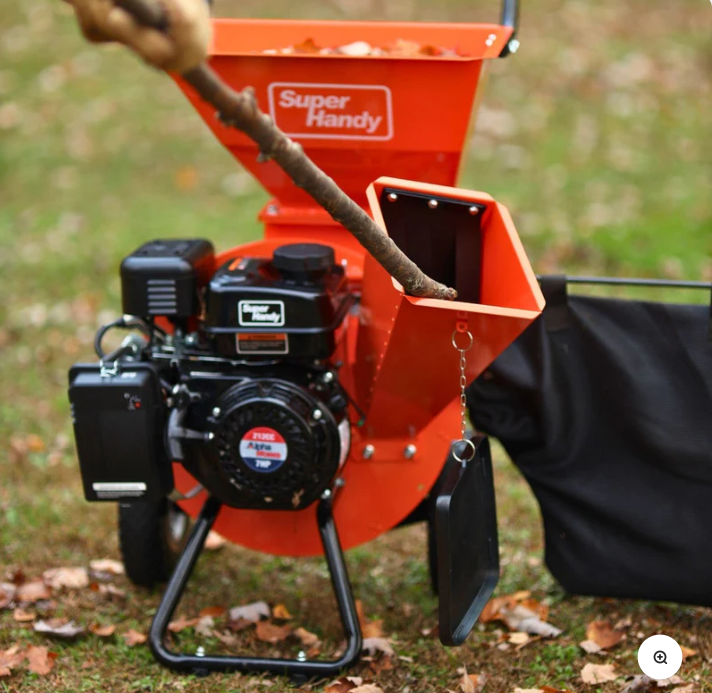
Cleaning and Blade Care
Turn off your gas wood chipper before you work on it. Disconnect the spark plug to stay safe. This stops the machine from starting by accident. Put on gloves and safety glasses when you clean or touch blades.
Keep the area around your chipper clean. Remove wood chips, dust, and debris after each use. This helps stop jams and keeps the chipper working well. Wipe the outside and clear the feed chute.
Blade care is very important for good performance. Dull blades make the chipper work harder. They can also cause jams. Here is how often you should check and sharpen the blades:
If you use your chipper for big jobs, sharpen blades every 20-25 hours.
For light use, check blades after each project and sharpen if needed.
Replace blades if you see cracks or chips. Always use blades approved by the manufacturer.
Tip: Sharp blades help your chipper work faster and safer.
Regular Checks
Routine maintenance keeps your gas wood chipper working well. Check the machine before and after each use. Look for loose bolts, worn parts, and oil leaks. Tighten loose screws and replace damaged parts right away.
Here are some daily, weekly, and yearly tasks to follow:
Daily: Clean the chipper, check oil, inspect blades, and clear debris.
Weekly: Grease moving parts, check air filter, and look at belts.
Annually: Change oil, replace spark plugs, and sharpen or replace blades.
Doing regular maintenance saves money and stops accidents. It also helps your chipper last longer. Studies show regular care can prevent breakdowns and keep equipment working well.
Storage Tips
Store your gas wood chipper in a dry, covered place. Drain the fuel tank or add fuel stabilizer to stop engine problems. Clean the chipper before storage and cover it to keep out dust and moisture.
Use only manufacturer-approved parts for repairs. This keeps your chipper safe and working right. Put a tarp or mat under the chipper during maintenance. This makes cleanup easy and stops spills.
Note: Always disconnect the spark plug before storing or moving your chipper.
Troubleshooting
Sometimes your gas wood chipper may not work right. Here are some common problems and ways to fix them:
Problem Type |
Common Causes |
Recommended Steps |
|---|---|---|
Engine will not start |
Old fuel, bad spark plug, faulty ignition, loose bolt |
Drain old fuel, replace spark plug, check ignition, tighten hopper bolt |
Unusual noises |
Dull blades, loose bolts, dry bearings |
Stop and check blades, tighten bolts, grease bearings |
Poor chipping performance |
Dull or damaged blades, clogged chute, low oil |
Sharpen or change blades, clean chute, check oil |
Engine smokes or stalls |
Dirty air filter, low oil, carburetor issues |
Clean or change air filter, check oil, clean carburetor |
Follow these steps to fix your chipper:
Check fuel and refill if empty.
Look at the spark plug and change if needed.
Make sure throttle and choke are set right.
Sharpen or change blades if chipping is poor.
Tighten or change drive belts if loose.
Clean air filter and check oil.
If you cannot fix it, call a professional for help.
Safety Tip: Always disconnect the spark plug before you work on the engine or blades.
If you follow these steps, your gas wood chipper will stay safe and reliable. It will also last for many years.
You keep yourself and your gas wood chipper safe by thinking about safety. Always put on PPE and read your manual. Checking your machine often helps you find problems early.
Look at the blades and other parts for damage.
Change broken parts right away.
Oil and clean your chipper as the manual says.
Be careful and sure of yourself each time you use your gas wood chipper.


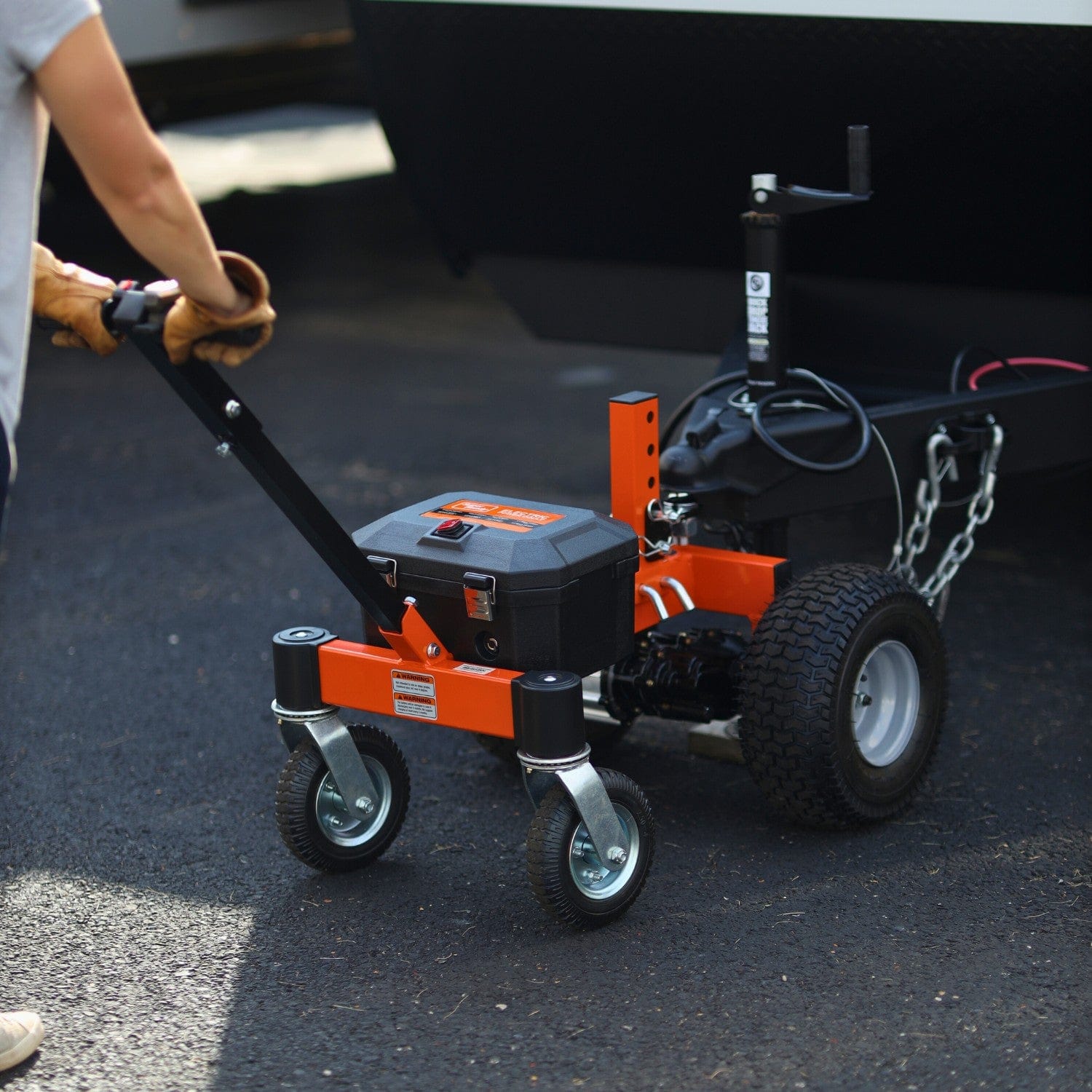
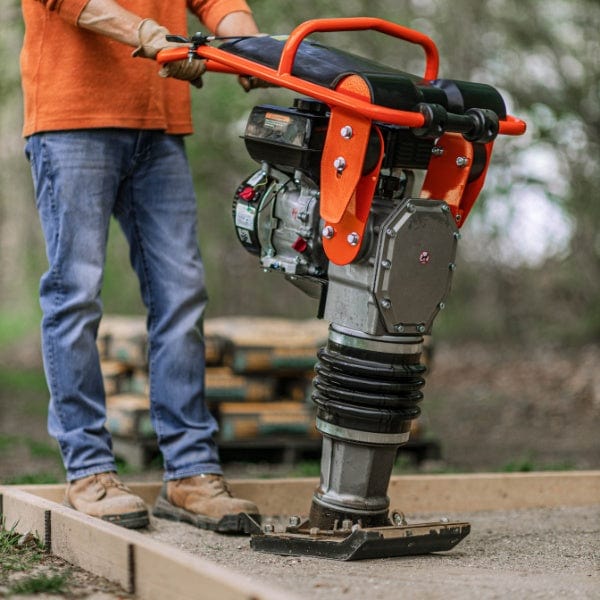
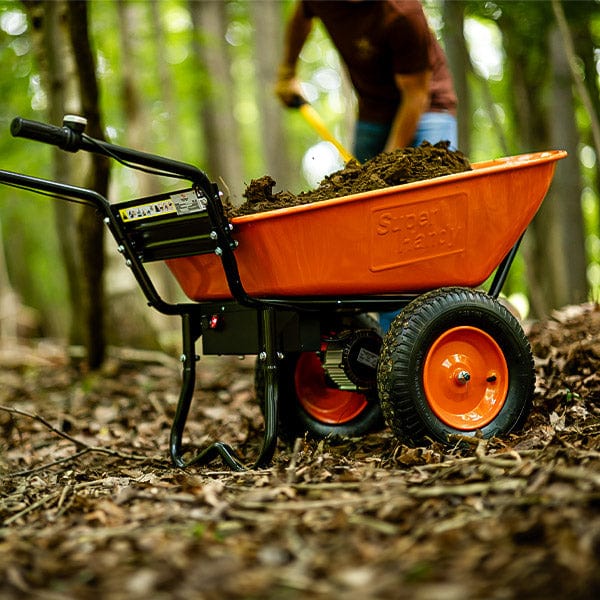


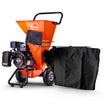
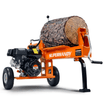
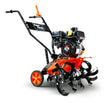
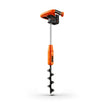
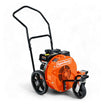
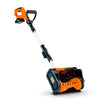
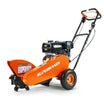
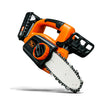
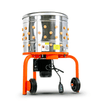
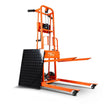
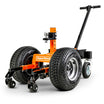
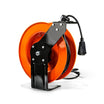
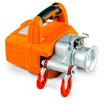
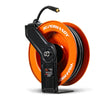

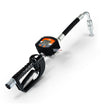
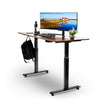
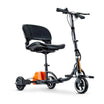
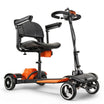
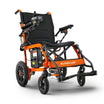
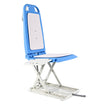

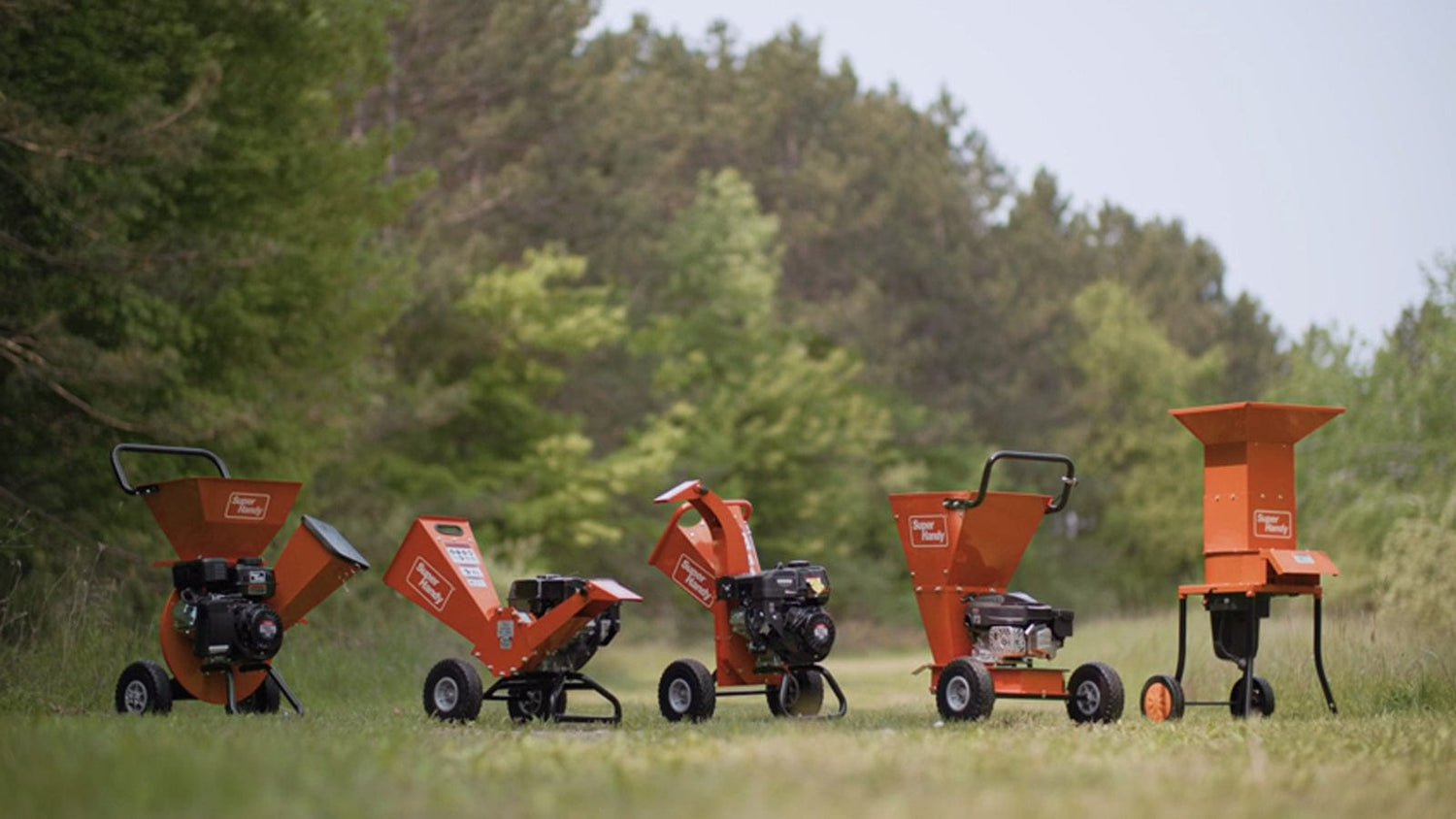
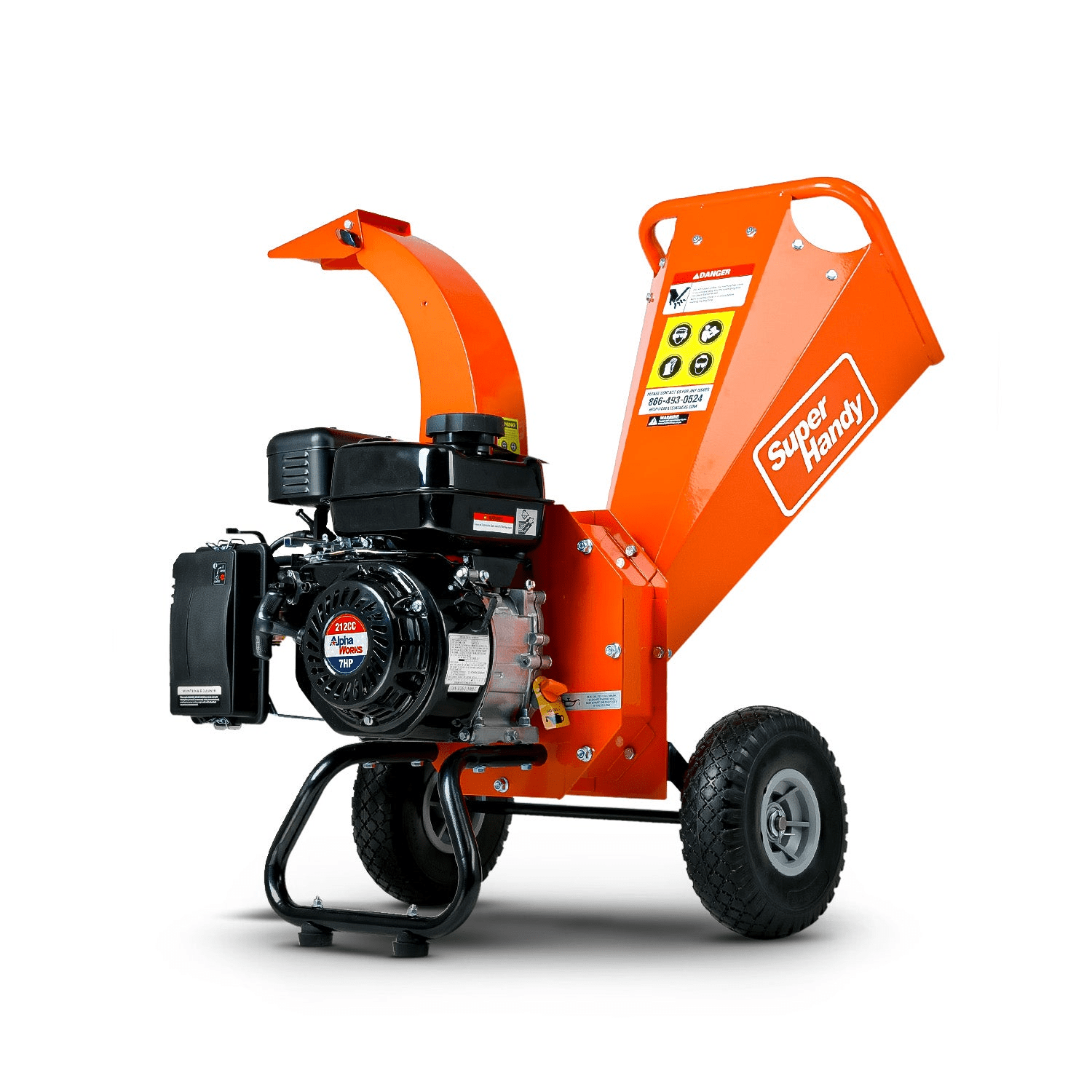
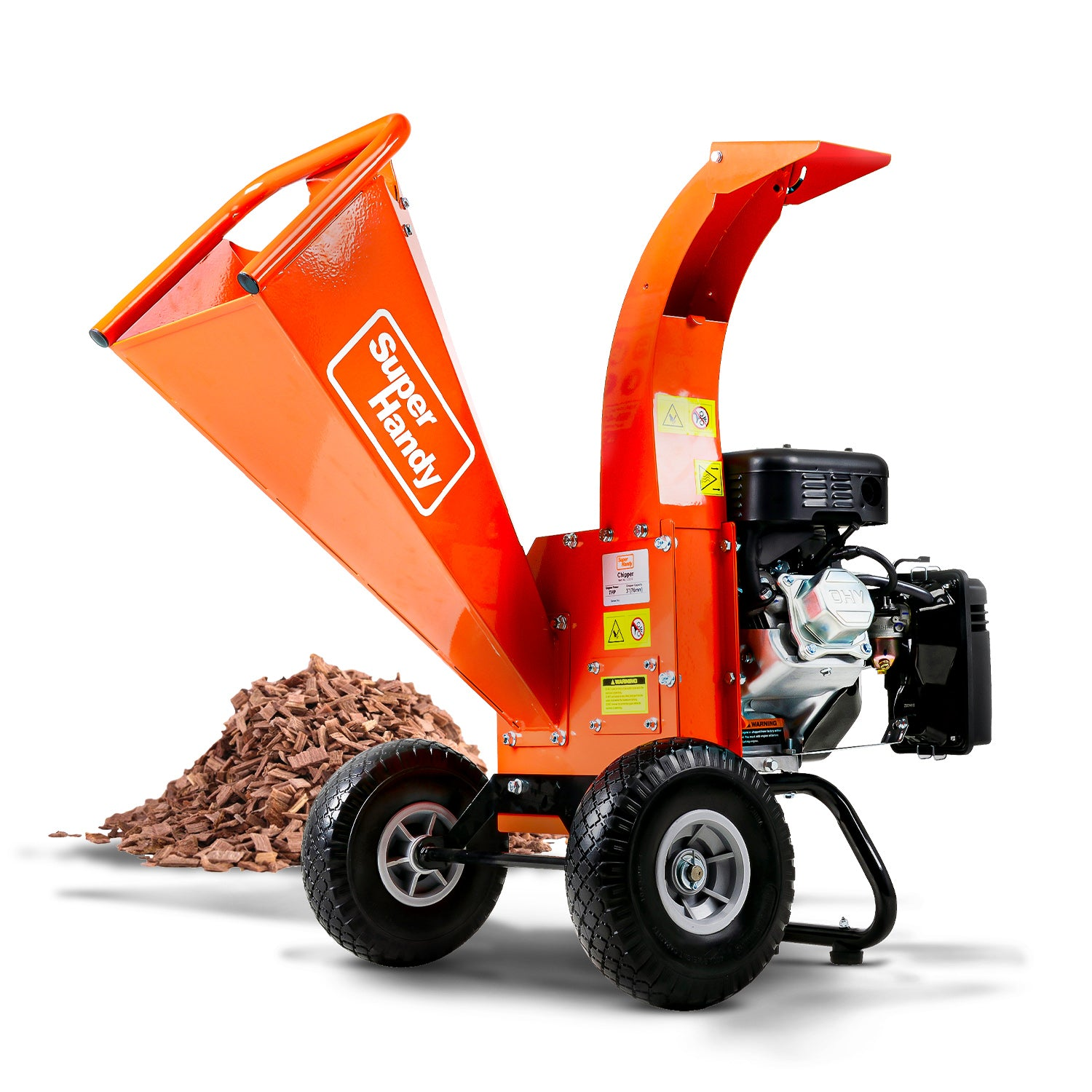
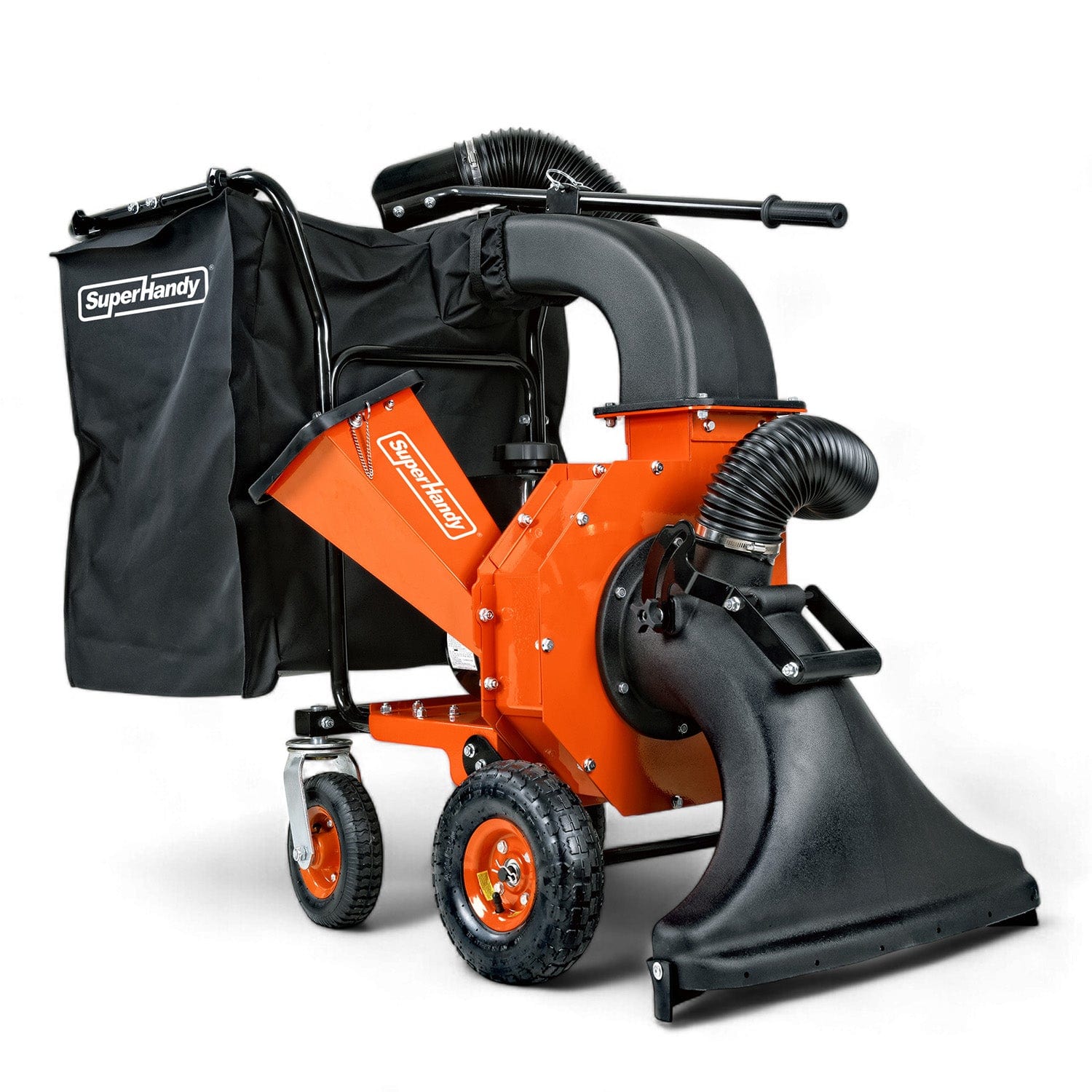
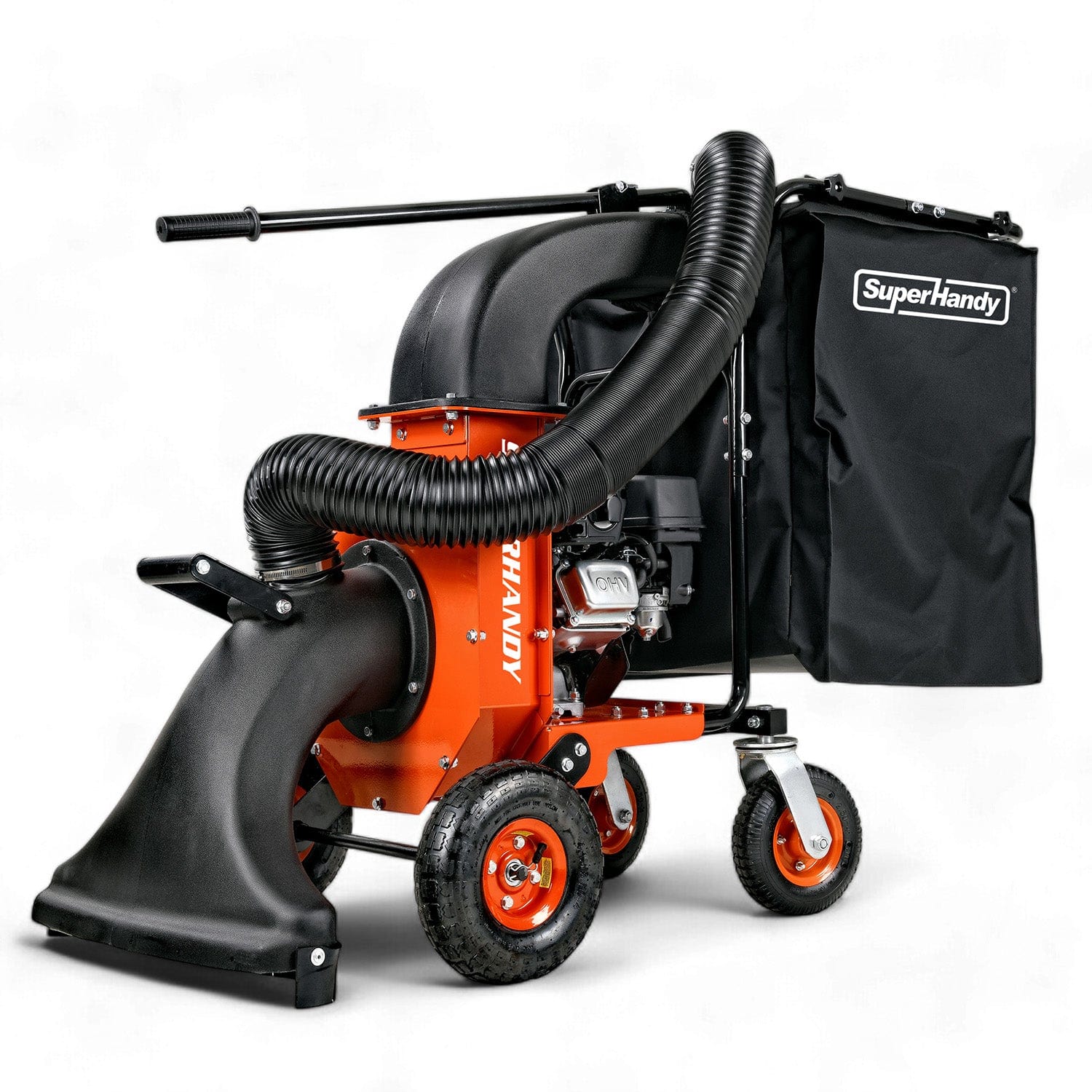
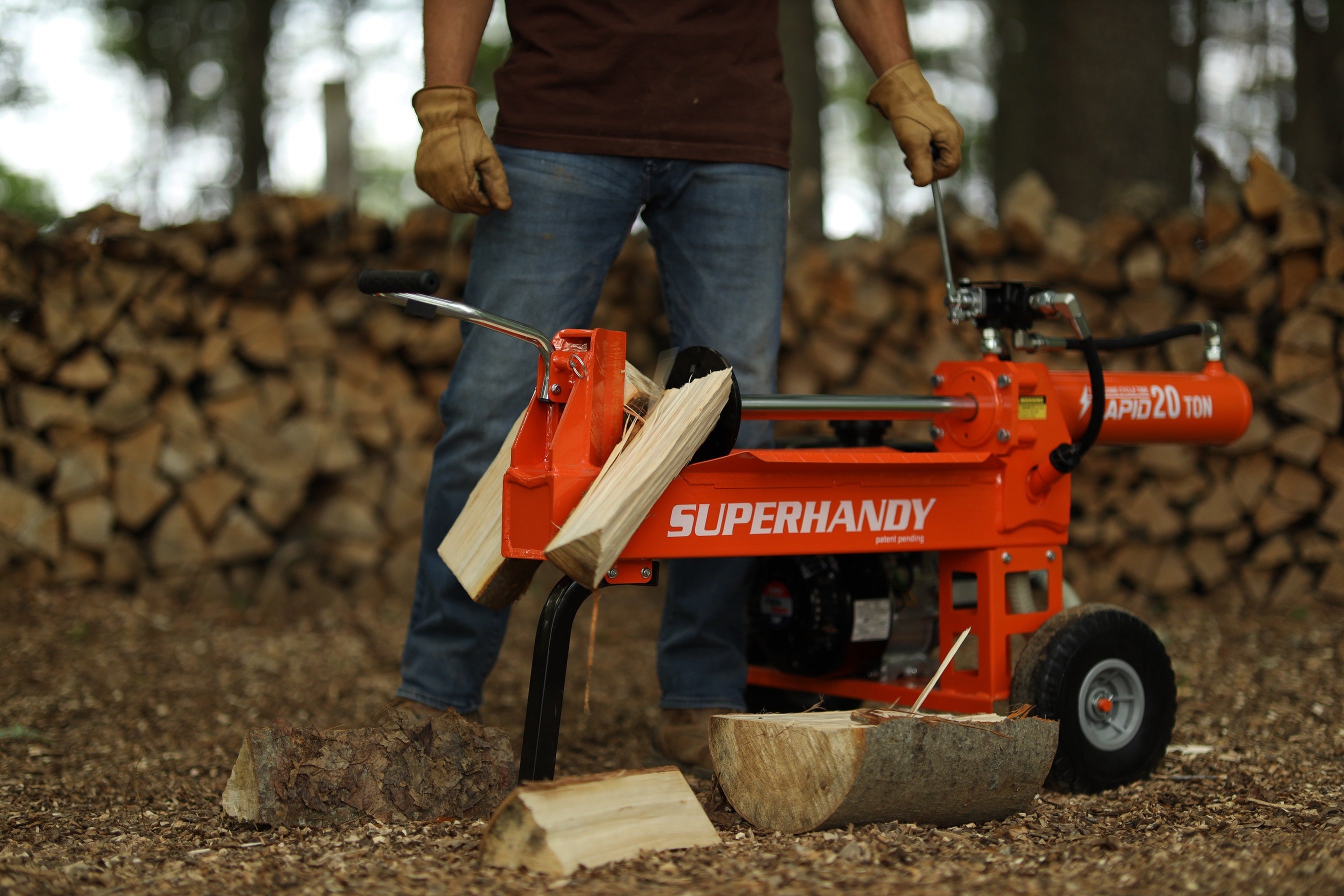
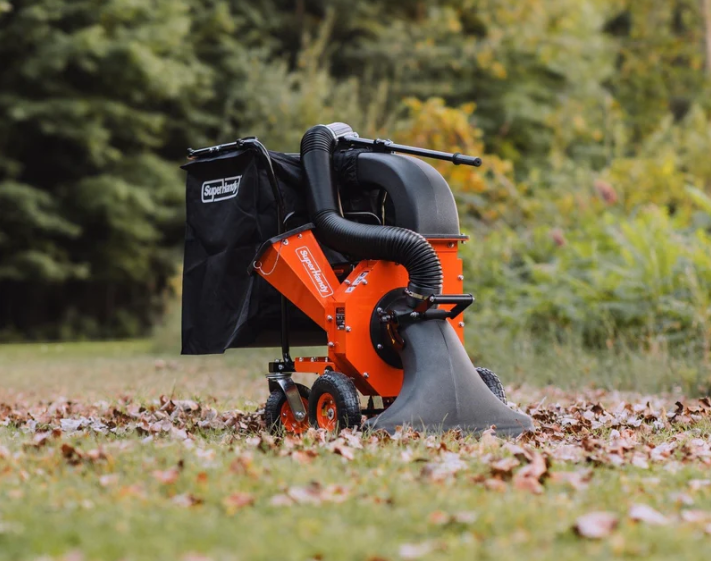
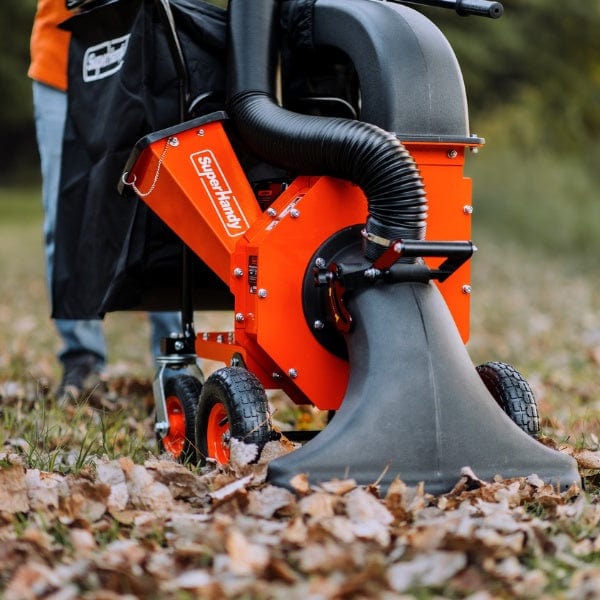
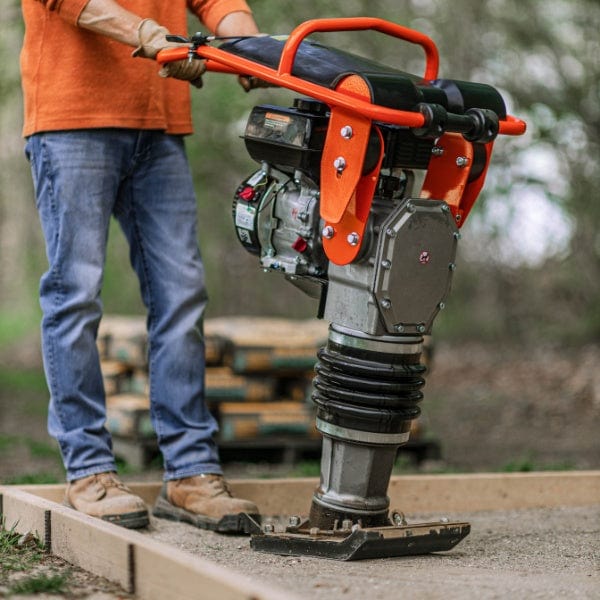
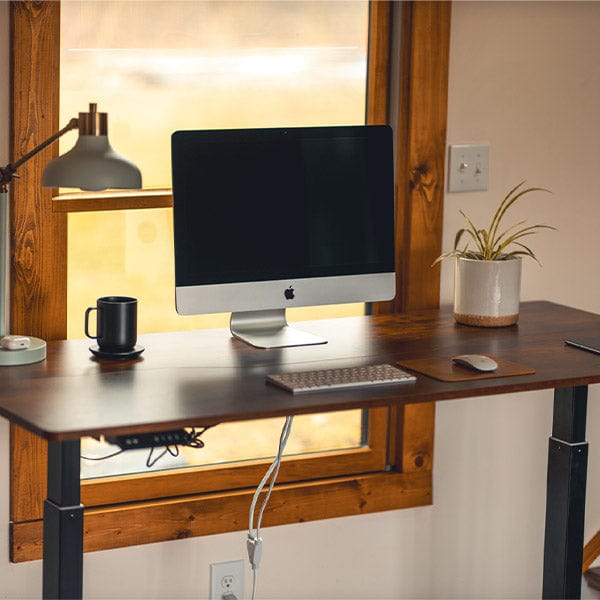
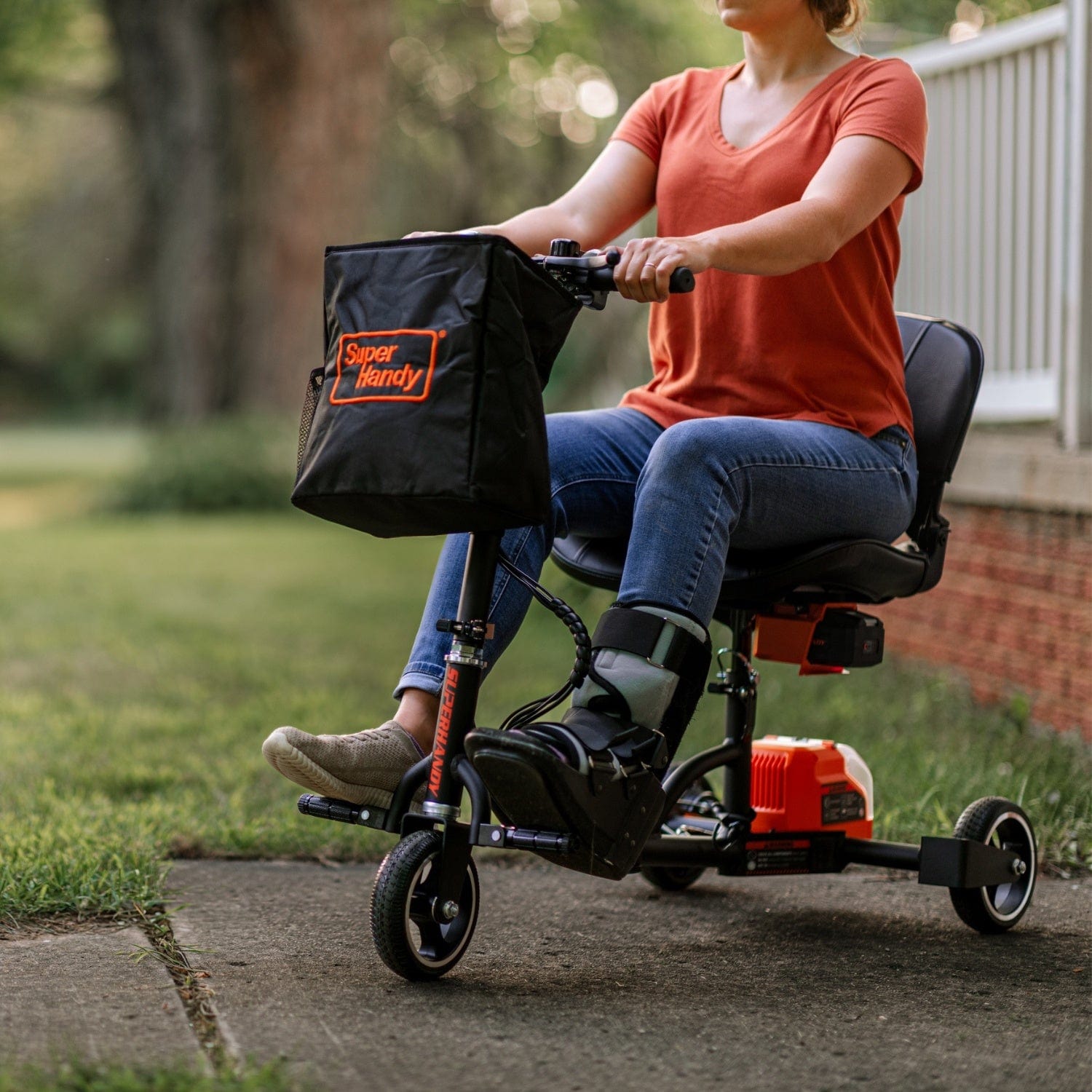
Leave a comment
All comments are moderated before being published.
This site is protected by hCaptcha and the hCaptcha Privacy Policy and Terms of Service apply.